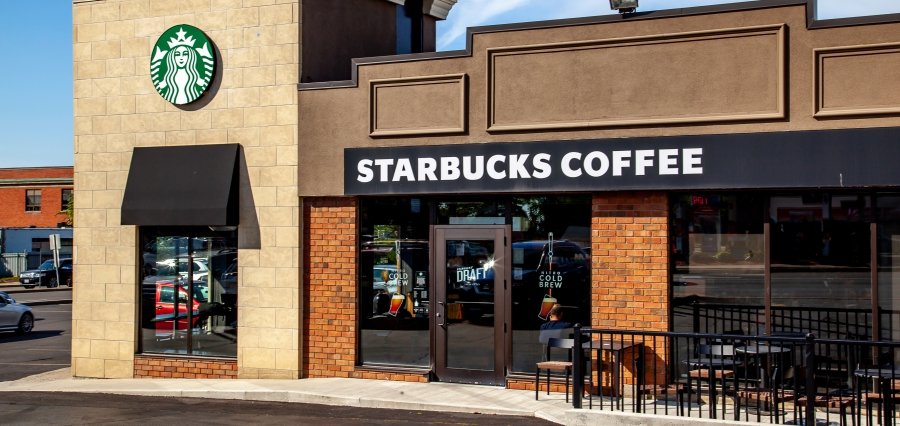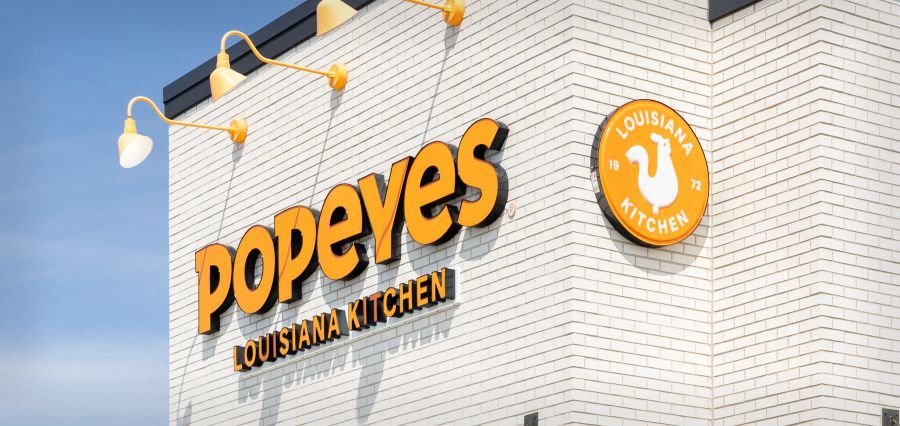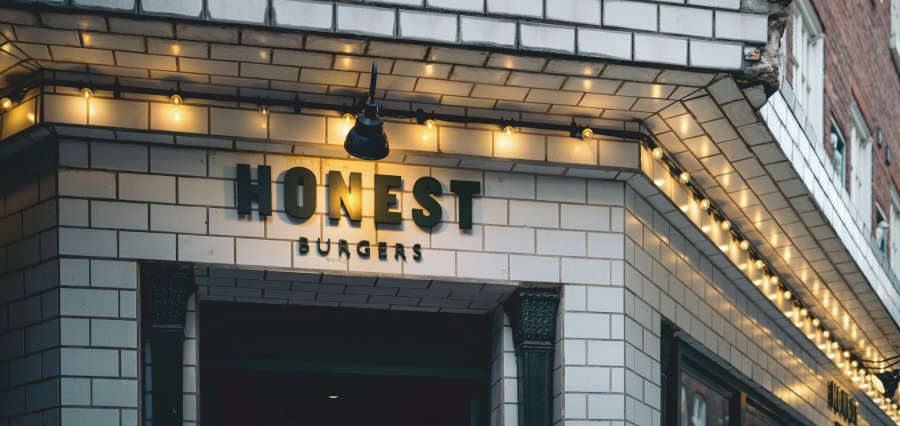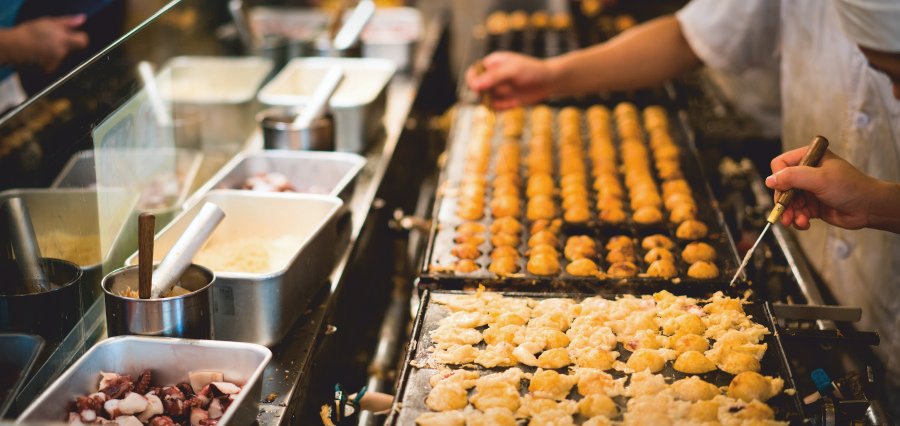Prime Highlights:
- Brian Niccol marks one year as CEO, focusing on improving customer experience and returning Starbucks to its roots.
- Early signs of recovery include record sales weeks and the launch of the “Green Apron Service” program to enhance store hospitality.
Key Facts:
- Starbucks’ same-store sales and foot traffic are still declining, but staffing has increased, and employee turnover is at record lows.
- Plans for 2026 include store makeovers, loyalty program improvements, and exploring strategic partnerships in China.
Key Background:
Starbucks is celebrating one year under CEO Brian Niccol, and the coffee chain is starting to show signs of improvement. Niccol, who joined from Chipotle to lead a recovery after a difficult period, has focused on improving the customer experience and bringing Starbucks back to its original values.
Although same-store sales and foot traffic are still down, Niccol says the turnaround is progressing well. Some early improvements are already visible, especially in U.S. stores. Seasonal drinks like the pumpkin spice latte have helped drive record sales weeks, and the “Green Apron Service” program is making stores more welcoming and improving customer service.
The strategy of Niccol involves the coziness of the stores, the reintroduction of the personal touch (handwritten cup messages), as well as the simplification of the menu by eliminating the unpopular ones. Tony Dennis, a longtime customer who had ceased to frequent the shop a while ago, is back and enjoys the new emphasis on service and a welcoming cafe feel.
The CEO has also reorganized the leadership team of Starbucks by introducing senior leaders of Taco Bell and Chipotle to reinforce operations. Staffing has increased in many stores, and next year, most North American locations will add assistant managers to help improve service.
Some changes have received mixed reactions from baristas and unions, but early results look positive. Employee turnover is at a record low, and many staff members are satisfied with their schedules.
The investors are also reserved, and Starbucks shares have fallen by 7 percent during the last year because sales have not yet matched the pre-pandemic times. Niccol has more positive changes, such as store renovations and transformations of the loyalty program, which will be continued until 2026.
Looking ahead, Starbucks is exploring partnerships in China to grow its presence there. Niccol remains focused on balancing long-term growth with a strong customer experience.
“This is about bringing Starbucks back to its core values and creating a place where people enjoy spending time,” Niccol said, highlighting efforts to make both customers and employees happy.






